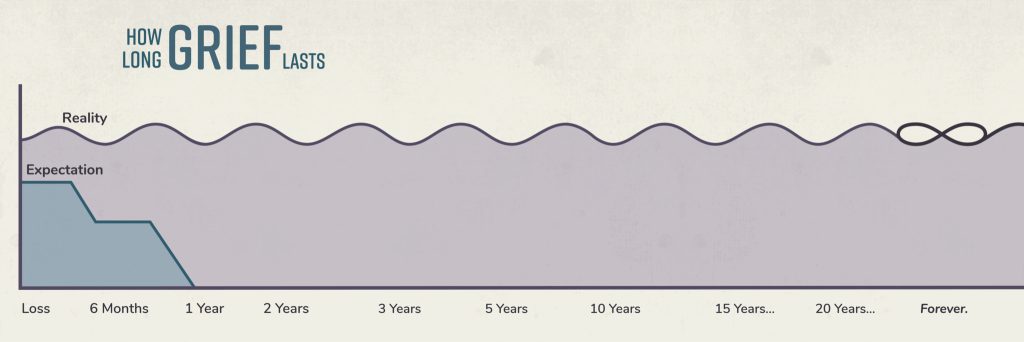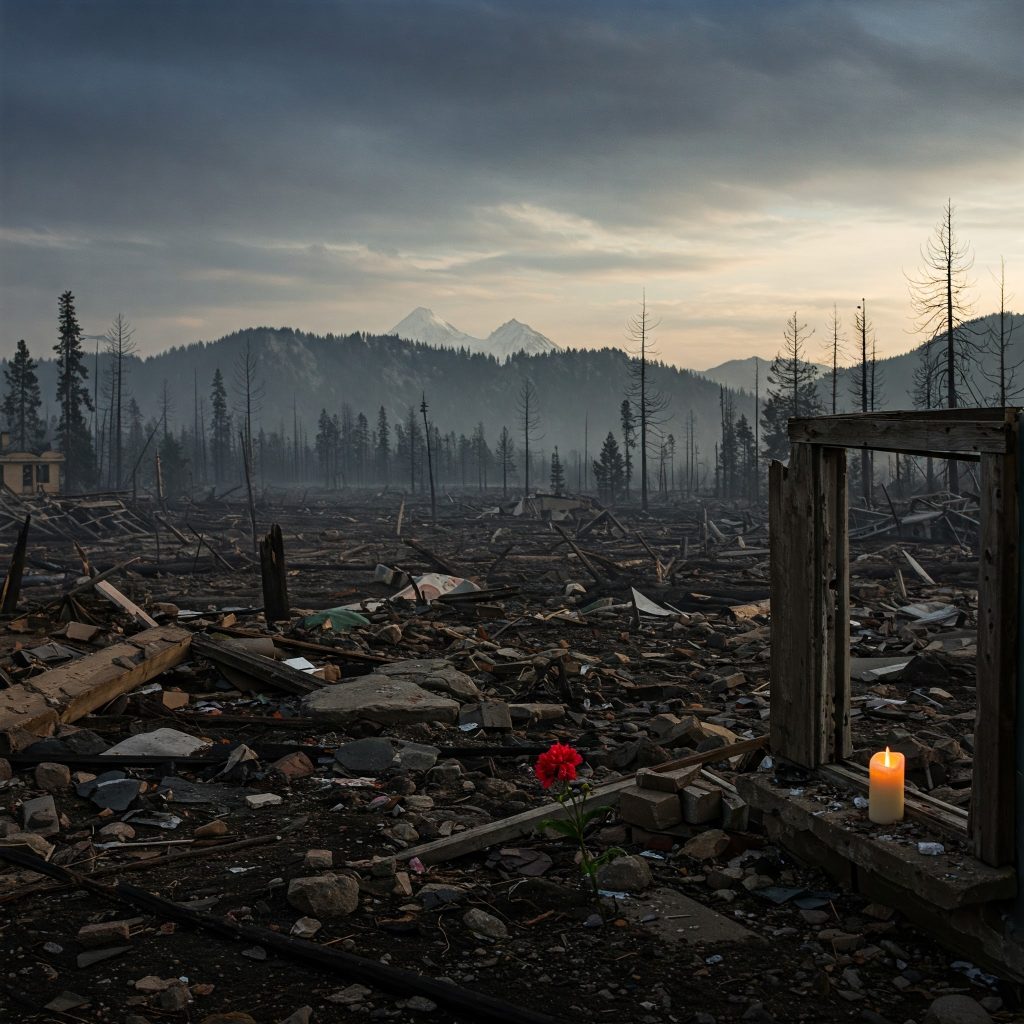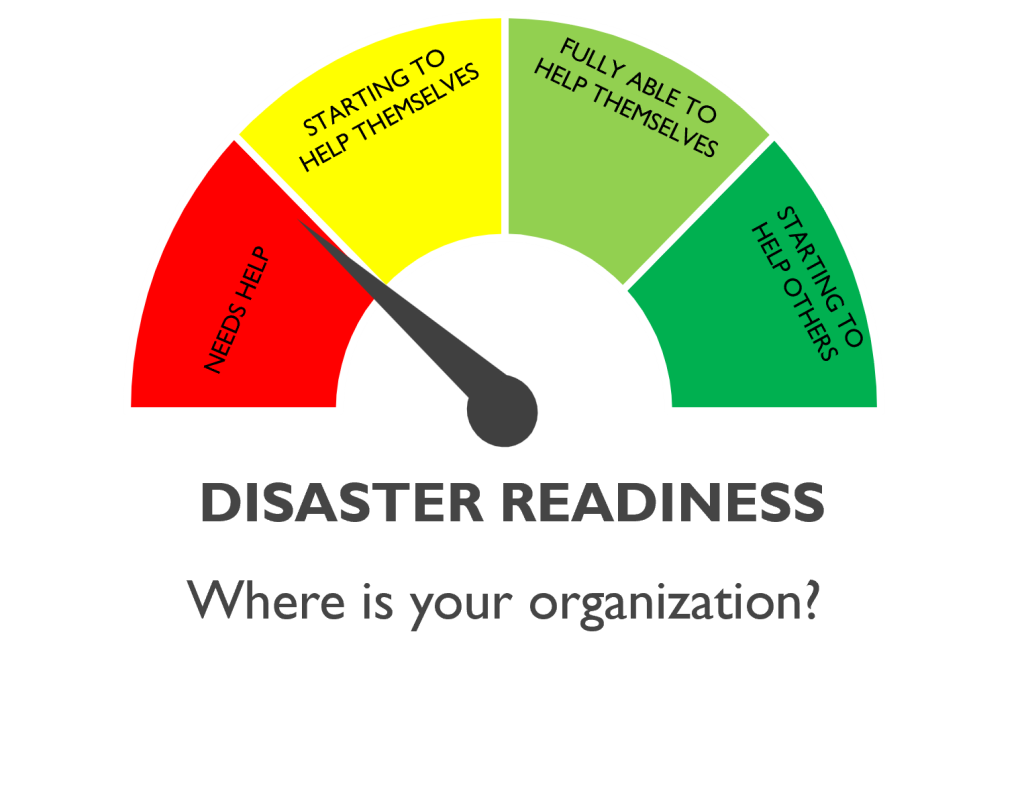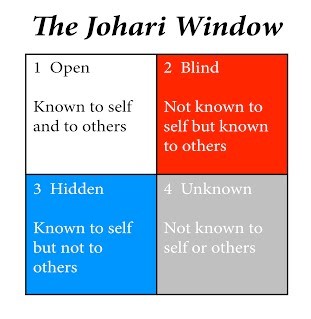1 Read Me First
While this is a book on leadership, it is also a book on real disasters which have occurred in the United States.
Right up front, I want to recognize the destruction and deaths from these disasters.
Fatalities from any disaster are a sign of failure for Emergency Management.
There are no justifiable deaths from disasters, in my opinion. And while every one of these numbers represents a person, I can’t name them all. In fact, I can’t name any of them, and this is somewhat out of my own mental health self-preservation. For me, if I choose to focus on the individual, I cannot focus on helping the collective. In all seriousness, I am not cavalier about the horrible and senseless fact that people do not need to die in disasters. I will say that from a personal wellness and mental health perspective, I am deeply sympathetic, but only very slightly empathetic. As Emergency Managers, we must see – and work through – the big picture. The forest from the trees, as they say. And we have to do it all over again tomorrow, and the next day, and the next.
Please know that I do feel grief for these folks and their families, and I do not think I can personally get through all the stages to acceptance of the ‘why did they have to die’ (rather than the acceptance that they did die). I think that is part of the mitigation work that all professional Emergency Managers strive for: do good things which help prevent others from dying in the future. Simple concept, yet hard to put into practice sometimes. Grief and loss can be powerful drivers for change. What positives can result from horrible tragedies? Can leaders emerge from these incidents and protect from and prevent the adverse impacts from future incidents?

Still…
Here are the numbers of unnecessary deaths of people – our loved ones, friends, family members, strangers we never knew, and so many more – associated with the disasters I cover in this book. May they rest in peace. May they rest in power.
| Disaster | Fatalities |
| 9/11 | 2,977[1] |
| Hurricane Katrina | 1,392[2] |
| Flight 3407 | 50[3] |
| Haiti Earthquake | 70,000 – 316,000[4] |
| Hurricane Irene | 11[5] |
| Superstorm Sandy | 159[6] |
| Hurricane Maria | 2,975[7] |
| COVID-19 Global Pandemic | Still Counting. As of 03/10/2023, the U.S. had 1,123,836 deaths out of the 6,881,955 globally.[8] |

And these leadership opportunities can extend into systemic disasters (poverty, drug addiction, chronic diseases, even climate change), too:
Such leadership also needs to be viewed not only through the lens of disaster, but through our capacity to shape and influence the development of law, policy, systems, and procedures that establish the conditions for more caring and compassionate communities.[9]
Leadership follows Leadership
I believe leaders need their own leaders to be effective. Whether it is a direct command, a dotted line, or a shadow mentor, it does not matter. It can be a policy council, a multi-agency coordination group, or even leader peers in other organizations. In two of the four organizations I have worked for, I had great leaders myself: Chase (pre-Chemical/JPMorgan) with RV, GB, DC, JK, and PV; and at the Red Cross with NR, GH, and SS. In both those organizations, when I became leaderless, I floundered.
One cannot lead by themselves. And you will find in this book, my own career successes and professional failures for leadership – most times were due to lacking other leaders in the mix. Much of what we do in Emergency Management has its roots in the military. One can agree or disagree with how the military is connected to Emergency Management today, but historically Civil Defense is an extension of the military; and Civil Defense is the foundation for Emergency Management. Note I used the word ‘foundation’. More on this – and where I think the future of Emergency Management needs to be in the United States – at the end of the book.
Military Example (from the AI generated question “where patton and macarthur influenced by the leadership of eisenhower and others”)
While Patton and MacArthur were both highly regarded military leaders, their leadership styles were significantly influenced by Eisenhower, particularly in the sense that Eisenhower, as a Supreme Allied Commander in World War II, provided the overall strategic vision and command structure within which both Patton and MacArthur operated, effectively shaping their battlefield actions and decision-making to align with the broader Allied strategy; essentially, Eisenhower’s leadership provided a framework for their aggressive tactics on the ground.
– From Google Labs, which analyzed content from https://www.armyupress.army.mil/Journals/Military-Review/English-Edition-Archives/September-October-2019/Gingrich-LSCO-Leader/
My Opening Thoughts on Emergency Management Leadership
I hope you will read this book – regardless of your role in Emergency Management – and do something to help save or preserve a life in the future, from any type of disaster. Maybe even your own.
And I believe we all have a leadership role in Emergency Management in one way or another. Maybe its leading your family through preparedness for a potential home fire. Maybe its leading volunteers in a disaster shelter in your own community. And we can all advocate for better Emergency Management in whatever country we live in.
And maybe you have a leadership role now in an organization. Regardless of what your organization does, it will need Emergency Management at some point. You will have the opportunity to ‘move the needle’ for yourselves, your family, even your own community. Here’s how it looks for most:

How an organization supports its people with disaster readiness, is what is key. Recognizing that an organization needs help itself with disaster readiness can be something that Emergency Managers – in the community or in the organization itself, or even both! – can and should do. This can be done tactfully through a joint introduction workshop and then table-top exercise. There are lots of ways to move your organization (even your own family) from needs help to starting to help others.
The Who, What, When, Where, Why and How[10]
I hope this book will answer these five questions for leadership. At least for Emergency Managers, and maybe in other professions, too. At the least, it (probably) will be an enjoyable read through my own journey. I will come back to this list at the end of the book, as well:
Who: Leaders in organizations
What: Leadership
When: Before, during, and after it is needed
Where: Anywhere – but do think about where you can lead from – the front, the middle: inside or outside, or the back. Or some combination of all of these.[11] John C. Maxwell said, “A leader is one who knows the way, goes the way, and shows the way.”[12]
- From the front – the chapter on Hurricane Irene will be an example of this,
- From the middle inside – the chapter on Superstorm Sandy describes this style,
- From the middle outside – Tropical Storms Irma and Maria in the Caribbean, and
- From the back – the chapter on COVID-19 will be one of my examples of this type of leadership from a ‘where’ perspective.
Why: Because leadership is always needed (maybe not always wanted, but it is always needed).
How: Well, in this book you will see what I did as a leader – and what was done to me by other (so-called) leaders. Ultimately, you will have to figure this all out for yourself.
Catch Phrases
You will find some running axioms or mantras out there, some of which are also spread out in this book, and which I have generously borrowed from others. They may include:
“If you have seen one disaster, you have seen one disaster”, which means no two disasters are the same – even if they appear to be the same. I believe lots of people have said this, but I found a citation from Dr. James J. Carafano from a U.S. Congressional Report on Katrina in 2005.
“Bacon and Eggs” – This is based on a fable of “The Chicken and the Pig”, which is about commitment to a project or cause. When producing a dish made of eggs with ham or bacon, the pig provides the ham or bacon which requires his or her sacrifice and the chicken provides the eggs which are certainly not as difficult to produce. Thus the pig is really committed to that dish (“has skin in the game” is where this saying comes from, too), while the chicken is only involved, yet both are needed to produce the classic breakfast dish.
“Don’t Let a Good Disaster go to Waste” – which means when a disaster happens, there are usually massive amounts of resources, funding, attention, etc. pointed at that disaster. Don’t get hung up on the ‘good’ part – no disaster is good for the people impacted, but because attention (of the media, politicians, etc.) is focused on it, many times the funding is provided or the barriers are removed. Don’t let those benefits go to waste and not make the community better than what it was before the disaster struck. It’s a lot like “Strike while the iron is hot”, or even “Carpe Diem”.
“No plan survives first contact with the disaster” – this is a take on the the Prussian military commander Helmuth von Moltke’s quote of “No plan of operations reaches with any certainty beyond the first encounter with the enemy’s main force.”[13] In Emergency Management, we think of both threats and hazards as enemies.
“Pink Slice” from Donald Rumsfeld – which is a description of one square of a Johari Window[14]: the Unknown of Unknowns. It is “What you don’t know you don’t know.”


“Silos of Excellence” – by Peter Senge from The Fifth Discipline – Like operating in a vacuum, even if you do it the best, if you do not collaborate and coordinate with others (as well as cooperate and communicate), your work and the overall leadership by everyone, will ultimately fail.
“Meta-Leadership” – from the National Preparedness Leadership Initiative at Harvard University via Marcus, Dorn, Henderson, and McNulty. Meta-Leadership: . A Framework for Building Leadership Effectiveness This is a very good academic view of what most folks do in Emergency Management: they have to lead people who do not necessarily report to them day-to-day.
“Don’t upset the applecart. If it ain’t broke, don’t fix it.”[15] – axioms related to when one group (usually above you) tries to impose change without fully recognizing the ramifications of that change upon the other group, who remains after the disaster. When visiting disaster workers come in and create more problems in the long run, than they solve in the short run – or upset the delicate balance of how different agencies – with different budgets, sizes, coverage, etc. – interact with each other every day; that is a description of this problem. There are many times the Red Cross is the 1,000 pound gorilla in the room, so to speak. It is no good in the long run, to flex those muscles – to the detriment of others – especially if your gorilla goes away and you are left behind to clean up their mess.
“Hope is not a plan” – from Anderson Cooper. I like to say “Plan for the worst, Plan for the best, Plan for the rest”.
- https://www.911memorial.org/connect/commemoration# ↵
- https://www.nola.com/news/hurricane/how-many-people-died-in-katrina-toll-reduced-17-years-on/article_e3009e46-91ed-11ed-8f2a-a7b11e1e8d34.html ↵
- https://www.ntsb.gov/investigations/accidentreports/reports/aar1001.pdf ↵
- https://escweb.wr.usgs.gov/share/mooney/142.pdf ↵
- https://www.nj.gov/njoem/media/pr081712.html ↵
- https://www.nola.com/news/hurricane/how-many-people-died-in-katrina-toll-reduced-17-years-on/article_e3009e46-91ed-11ed-8f2a-a7b11e1e8d34.html ↵
- https://www.amnesty.org/en/latest/research/2018/09/puerto-rico-a-year-after-hurricane-maria/ ↵
- https://coronavirus.jhu.edu/map.html ↵
- Mark Crosweller, Compassion in Disaster Management: The Essential Ethic of Relational Leadership, p. 69. ↵
- https://doi.org/10.1086/209256 ↵
- https://johnmaeda.medium.com/where-should-you-lead-from-the-front-the-back-or-the-side-answer-a-fourth-option-27002043782a ↵
- Maxwell, J. C. (2014). Life Wisdom: Quotes from John Maxwell: Insights on Leadership. United States: B&H Publishing Group. ↵
- https://www.oxfordreference.com/display/10.1093/acref/9780191826719.001.0001/q-oro-ed4-00007547 ↵
- https://blog.bartondunant.com/what-is-the-pink-slice/ ↵
- https://www.bookbrowse.com/expressions/detail/index.cfm/expression_number/326/if-it-aint-broke-dont-fix-it ↵
